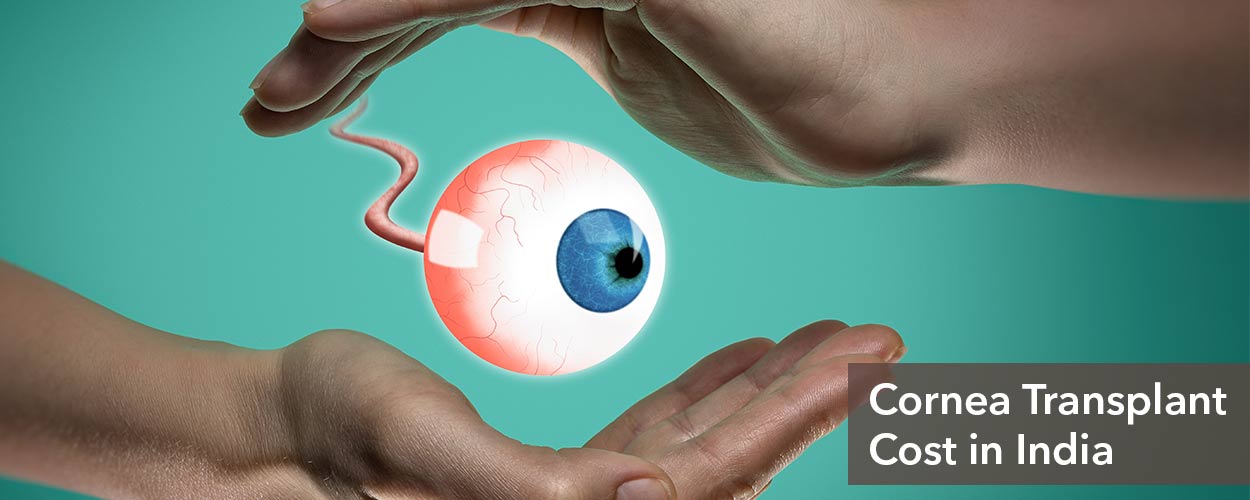Qualifiers for a Cornea Transplant
Transplants can be a treatment option for people with damaged corneas from:
Keratoconus-
The clear outer lens, sometimes known as the “windscreen,” of the eye is shaped like a dome or a ball. The structure occasionally loses its ability to maintain its round shape and protrudes outward in the shape of a cone. The term for this is keratoconus.
Fuchs’ endothelial corneal dystrophy-
In Fuchs’ dystrophy, fluid builds up in the transparent layer (cornea) on the front of your eye, causing your cornea to swell and thicken. This can lead to glare, blurred or cloudy vision, and eye discomfort.
Fuchs’ dystrophy usually affects both eyes and can cause your vision to gradually worsen over the years.
Congenital hereditary endothelial dystrophy-
(CHED) is a form of corneal endothelial dystrophy that presents at birth. The cornea exhibits a variable degree of clouding: from a diffuse haze, “ground glass” appearance, with occasional focal grey spots.
Eye trauma-
Damage caused by a direct hit to the eye is referred to as ocular trauma. The surrounding area, including nearby tissue and bone structure, may also be affected in addition to the eye by the trauma.
There are numerous distinct forms of injuries, ranging in severity from minor wounds to life-threatening conditions.
Scarring or ulcers on the cornea-
A corneal scar can impair eyesight because it blocks or distorts light as it enters the eye. The most frequent causes of corneal scars are infection, injury, or disease; however, minor risks might result from treatments including an eyelash lift and laser eye surgery.
Peripheral ulcerative keratitis-
(PUK) is a category of inflammatory, damaging illnesses that affect the human peripheral cornea. PUK symptoms include eye pain, redness, photophobia, and impaired vision along with tell-tale evidence of crescent-shaped corneal injury.
Complications from prior surgery– from cataract surgery or other eye surgery.


